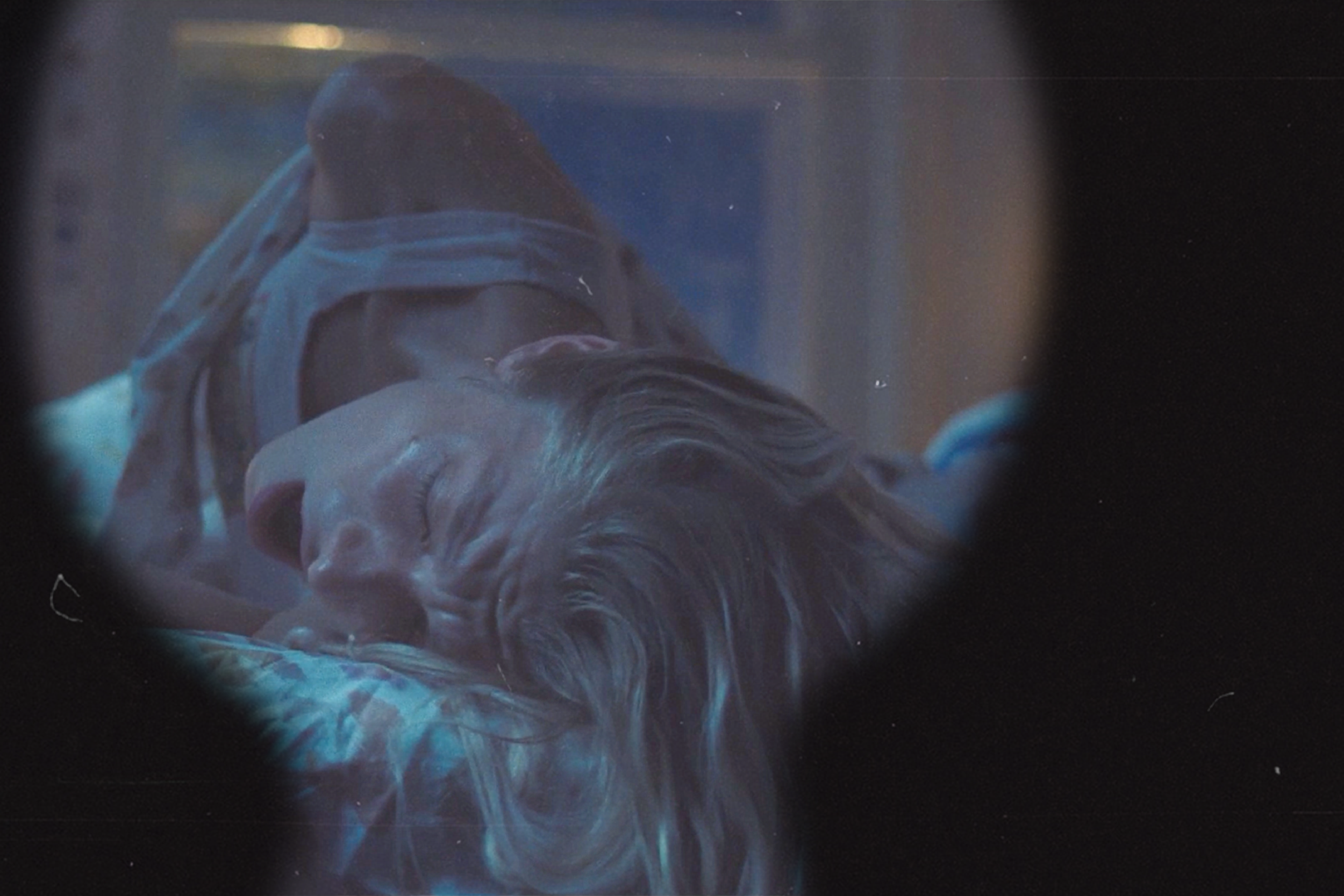ABOUT the film
When a young woman’s infatuation with a beautiful Brooklyn brownstone turns obsessive, she seduces its tenant in order to be close to The Apartment she covets. But when the relationship dissolves, and Sam fears losing the love of her life—The Apartment—she resolves to do whatever it takes to keep it.
HOMESTALKER is a twisted, surreal, genre-bending thriller about the meaning of “home” and the lengths we’ll go to find belonging.
olivia jampol (writer/director)
director’s statement
HOMESTALKER is my own New York disintegration story. For over a decade, I’ve tried to make this city my home, a feeling which only intensified during the pandemic, while navigating the unforgiving housing market. What started as a search for a home, quickly became a referendum on my life. That existential fear, combined with isolation and increasingly acute obsessions, ultimately gave birth to HOMESTALKER.
As an American raised in Costa Rica, I've always lived
in the in-between, an outsider's sensibility that informs everything I make. And HOMESTALKER is no exception. My most personal project to date, reflecting years of anxieties around art, love, and the search for belonging, I realized that I had tapped into the zeitgeist: the millennial anxiety that homeownership might forever elude us.
Beyond just a satire of the housing market and art world, the film is really about alienation, a character study of a psyche in distress in an unforgiving urban environment. Through an unforgivingly complex female perspective, it dives deep into questions of obsession, desire and identity, exploring the lengths we’ll go to find a place to call “home”. As my protagonist, Sam, struggles to find connection and belonging, she begins to unravel, becoming increasingly isolated until she’s ultimately driven to violence.
Ultimately, HOMESTALKER uses genre to represent our generational anxiety about homeownership, urban living, and the difficulty of finding love in an environment of relentless exposure and impossible expectations.
visuals; sound
HOMESTALKER is about the way we experience the world. Every cinematic element—from lighting to sound to prop—immerses viewers in Sam’s interiority.
When on Sam’s journey, the camera reflects her psychic state: Orderly, symmetrical shots grow increasingly claustrophobic and distorted. And as the film progresses, so does The Apartment’s language—by the end of the film, we almost understand it.
We want to give the film a textural feel, so we aim to shoot on 35mm, capturing the materiality and palette of New York City (and paying homage to classic New York films).
Surrealism creeps in, but is embedded into the reality of the scene. The central relationship in the film—between Sam and The Apartment—is treated as real and with respect.
TONE; feel
HOMESTALKER manages to be sexy, funny, eerie, and strange all at once, a hyper-sensory, unsettling experience that oscillates between creeping atmospheric dread, surprising surrealism, and absurdist dark humor.
From the start, we are drawn into Sam’s obsessive and disturbing interiority, and then continue to follow her descent into full-blown madness.
Although unique in concept and tone, HOMESTALKER is timeless in its exploration of obsession and longing, and deeply relevant to our very modern anxieties about belonging, identity, and ownership.

